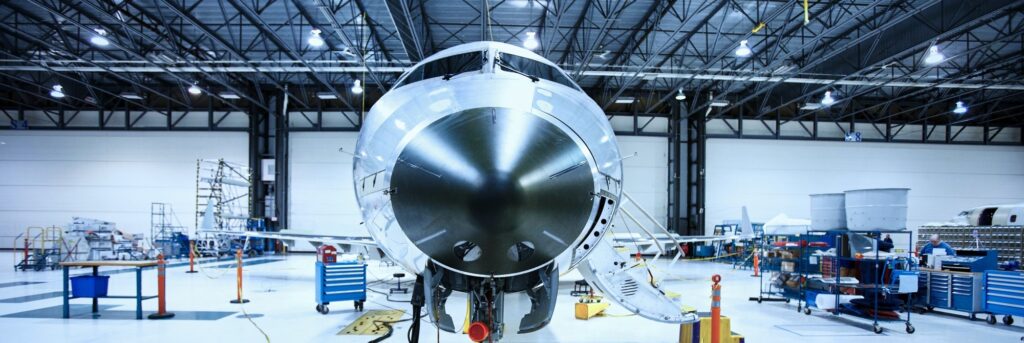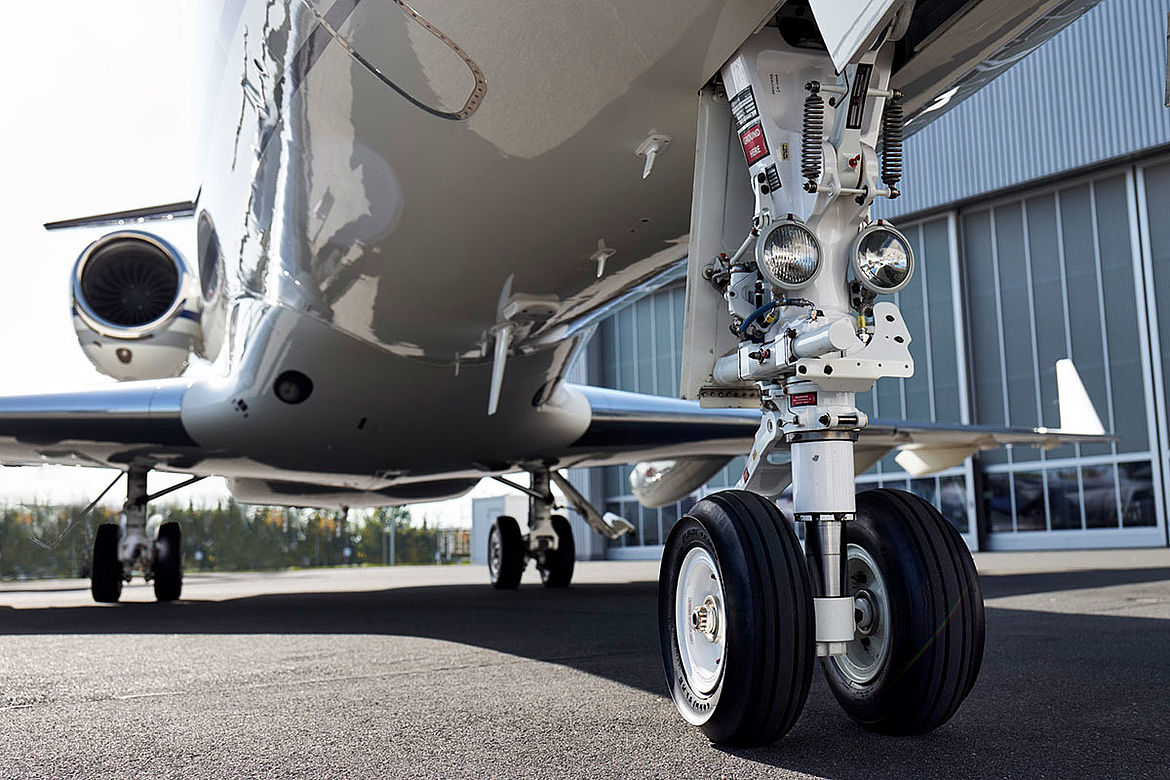Managing the technical availability of the aircraft is key in accomplishing your mission, whichever is your stakeholder status vis-à-vis the aircraft asset: Airline Operator, Aircraft OEM, Aircraft MRO or Aircraft Owner/Lessor.
In assessing the potential impact of (un)availability, operators asserted that aircraft dispatch delays can cost $10K (or more) per hour with flight cancellations imposing a financial penalty of $100K (and above) per instance.
Reaching consistently the targets set above a 99% benchmark of aircraft technical availability implies a careful steering of the aircraft maintenance with a sharp focus on preserving the capabilities and performance of the asset close to its “as new condition”. Hence, the needed enabler for a 24/7 visibility on, awareness of, and action to maintaining the required level of aircraft health.
Accomplishing the above is the main objective and direct result of a robust Aircraft Health Management (AHM).
The AHM means using aircraft and fleet generated data to promptly identify the individual aircraft’s needs for maintenance work and trigger an effective and efficient maintenance action. This is an end-to-end comprehensive process, which encompasses aircraft systems, data transfer and electronic processing, data analysis, and subsequent informed decision on improved, re-defined, or alternative methods to maintenance tasks. Such a process includes both “on-board” and “off-board” sequences and its results are highly relevant to planning and executing the aircraft scheduled maintenance program or the ad-hoc required maintenance action. It is a dynamic action-oriented approach and a consequential evolution of the already acknowledged albeit more “passive witnessing” field of Aircraft Health Monitoring.
While there is no substitute (at least not yet) to the aircraft maintenance action requiring the maintenance staff “hands-on” presence for physical accomplishment of an aircraft part replacement or repair, implementing the AHM approach would position the practitioner to make the optimum decision regarding such maintenance action. Predictive maintenance employing health monitoring mechanisms is estimated to enable airlines around $3B per year in maintenance cost savings.
The objective of this White Paper is to: a) familiarise the industry with the technological revolution that the use of data collected from the aircraft can improve the levels of safety and efficiency, b) provide a roadmap to capitalize on this data usage, and c) address challenges and opportunities that this will bring to the industry.
Empirical data indicate that, for the average operator, over 70% of its scheduled maintenance program “fault finding tasks” resulted in “no findings”. This maintenance execution fact coupled with utilising the alternative of AHM-based tasks to enable a condition-based maintenance versus on-wing “manually-driven” preventive maintenance tasks will result in: a) significant cost reductions for the operator, and b) increased aircraft on-time performance and improved dispatch reliability as real time data is either pro-actively or reactively used by operators to address aircraft systems or structural issues before faults could develop into functional failures affecting the aircraft technical availability

Stratosphere S.A. Has a beyond state technology fully aligned with the major tech trends. The company developed over the last 10 years technology for Digital Twins, AHM, SHM, WHM and IVHM, AFS and Small Satellites. Our technology is one of the most advanced frameworks in the Industry.
Stratosphere S.A. is a global provider of integrated health management solutions. The robustness and integration of its solutions are the pinnacle of SHM and IVHM systems.
bizdev@stratosphere-tech.com

